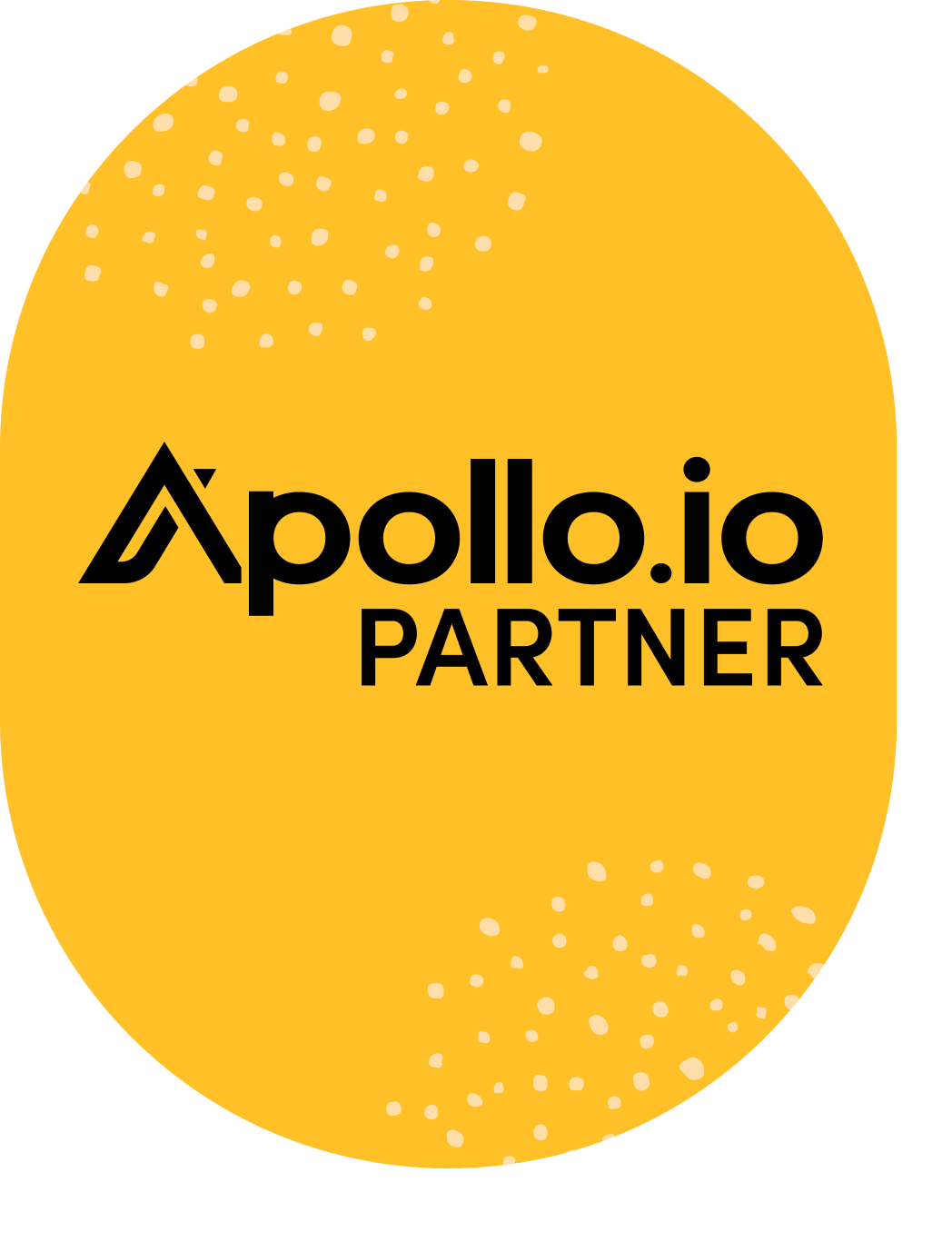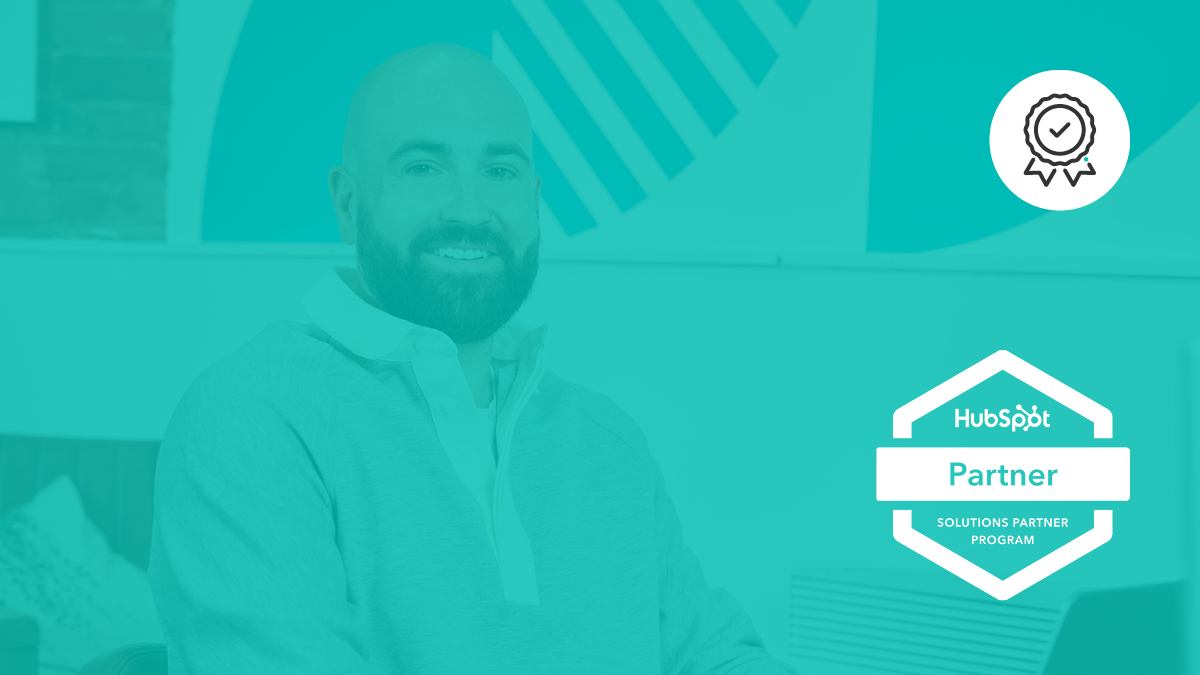
- Blog & Resources
- Blog
- What are the best types of content for B2B lead generation?
Content marketing is potentially more important for B2B businesses than any other type of organisation. Why? Well, one challenge many B2B buyers face is that most of their target audience simply isn’t in the market for their goods or services right now. Lead times can be long and decision-making processes complex. In fact, the B2B Institute’s “95-5 rule” says at any one time, 95% of business clients are not ready to buy.
What this means is that staying front of mind, building your brand reputation and gently nurturing those lukewarm leads are all important objectives to factor in when creating your marketing strategy - and content will help you do that. Creating high-quality content for every stage of the user journey also provides the perfect foundation for short-term, targeted lead-generation campaigns; setting you up for success when the time comes to convert.
I’ve possibly muddied the waters when it comes to the question being asked here, which is: ‘what’s the best type of content for B2B lead generation?’. If lead generation is a long game, the truest answer would examine how each type of content engages future buyers and helps to generate future cash flows - by establishing credibility, building trust through shared values and crafting memorable messages. That’s something we would always recommend our B2B clients invest in.
But many are understandably focused on the here and now, and on the 5% of buyers that are in-market. So how can we use content to build brand recognition and trust, while also capturing the interest of prospects that are at the stage of researching suppliers or considering their options, and convert them into qualified leads?
Content that educates and informs
The content that is most successful for B2B lead generation will be content that offers genuinely useful information, original insight or actionable advice. It will not be content that focuses solely on product features, no matter how brilliant those features are. In short, your content should seem anything but ‘salesy’; focusing instead on addressing important pain points or answering a need you know exists for your target market.
Once you have established that you understand their world, can relate to the problems they face, and are able to provide them with the information they need, it’s time to (subtly) build in how your products or services can help them to solve their problems and why working with you will deliver tangible benefits to their business. Then end with a clear and hard-to-resist call to action - and a fast way to get in touch.
This approach applies to every type of content - and there are no hard and fast rules about which content formats you should use for lead generation; every business will experience different levels of success with different types of content. A test-and-learn approach will help you get it right and optimise campaign performance over time.
With all this being said, there are 3 types of content that we find work particularly well for lead generation.
3 types of content that are great for lead generation
1. Webinars
Webinars have long been a staple of B2B marketing content, but that doesn’t mean they are outdated or ineffective. Essentially an interactive online training session, webinars give you an opportunity to humanise your brand and build authority in a peer-led environment. Your webinar registration landing pages should be highly visual and contain fast-fill forms. This is where you start to gather information on your audience before the webinar has even taken place, and also provides an opportunity to make sure the webinar content is closely tailored to your delegate list - for maximum impact.
Webinars also offer a fantastic opportunity for interaction. Be sure to host a Q&A before you close the session, to give your prospective customers a chance to have their voices heard and test your understanding. This might be the final step before they make a purchasing decision, so be sure to create a warm, welcoming environment and give them access to your very best subject matter experts.
After the live event, making your webinar available on-demand gives you another shot at reaching those who are genuinely interested but couldn’t make it on the day. And if you can accompany your second wave of webinar promotion with positive feedback or the most impactful insights from the live viewing, even better.
For a deeper dive into webinar tactics, we found the ON24 Webinar Benchmarks Report useful.
2. Case studies
The business benefit of having case studies to share with prospective clients is easy to understand; they provide a real-life example of how your products and services can help a customer solve their problem or achieve their goal.
A top tip when using case studies for lead generation is to focus on the objective and highlight the customer, particularly if it is a well-known brand. If you need to anonymise your case study, describe the customer in terms that your prospect will relate to. How would they describe themselves? By leading with the issue and objectives, rather than the role your business played, you start to tell a compelling story and build anticipation for the solution, which is - of course - provided by you.
Be sure to include a customer testimonial if you can, along with any financial data or statistics you have authorisation to use. If you can build in facts relating to what cost savings, carbon reductions or % efficiency gains were made, for example, these will lend credibility to the content and help your customer better understand the business case for using your products and services. Every marketing story should have a happy ending - and yours will be an outline of what was achieved, along with that all-important call to action that convinces your audience to find out how you can help them achieve their goals too.
For a closer look at how to use case studies for lead generation, we found this article by Noel Hooban useful.
3. Interactive games and tools
Gamification is fast becoming a B2B marketer's favourite type of content. It provides a way of turning straightforward information into interactive experiences that are more interesting (and exciting!) for prospective customers. It also puts the customer at the centre of the content - and, crucially, creates an opportunity to gather more details from them than they would usually be motivated to provide in a form.
Gamified content is something we love working on with our clients. While our Content team here at Pod is primarily made up of bookish wordsmiths that love to get their teeth into long-form content, we also get pretty excited when we can work with our Creative and Digital teams and start to repurpose that into shorter, visual or interactive content pieces.
Our first foray into gamification was actually a campaign for our own business way back in 2018. Our award-winning ‘What’s your score?’ campaign drew on the original research findings published in our report: ‘The Marketing Gap: Why businesses could be missing out’. It gave B2B marketers from our target audience an opportunity to benchmark their marketing activity against their peers. In return, the data collected from the ‘game’ provided us with insight into what additional marketing services participants could benefit from - and a great way to start a conversation.
Since 2018, we’ve been fortunate enough to work on some exciting pieces of gamification for our clients, including a recent ‘Net Zero Calculator’ for leading business energy services provider npower Business Solutions. The calculator provides users with a sophisticated but intuitive tool that guides them through an assessment of their current carbon footprint and forecasts the impact different net zero technologies could have on reducing scope 1 and 2 carbon emissions. It was built by our brilliant in-house development team and is hosted on a dedicated landing page, along with an explanatory video and supporting case studies.
We’re always happy to discuss the possibilities that gamification can deliver - and always expanding our development capabilities, as anyone who has read our recent Spotlight on web development, with Pod’s Lead Developer Kris Bradbury will know.
There’s no ‘one size fits all’ in content marketing
While the three content types we’ve taken a closer look at above are worth considering in your next lead-gen campaign, that doesn't necessarily mean they are the right fit for your business. E-guides can be more straightforward to execute when time is limited and have the potential to perform brilliantly when done well. A lot will depend on the data you hold, your timescales and your budget.
The most important thing to remember is that the best-performing lead generation campaigns - when you’re measuring success in terms of quality over quantity - will sit on a solid foundation of ongoing content marketing.
When you establish an effective content marketing strategy, you build a following of people with a natural interest in your business. If they subscribe to your monthly email or follow you on social media, and recognise you as a trusted source of information, they will be far more likely to get in touch when it's time to buy. And if you can track audience interactions and interests over time, taking a personalised, account-based marketing (ABM) approach to lead generation also becomes an interesting option - with potentially valuable returns.
Ready to kick-start your content strategy?
If you want to build solid content foundations or create impactful campaigns that draw in high-quality leads, we can help. Get in touch today to talk through your ideas.

Emma Crofts
Our Senior Content Lead Emma has a way with words that makes B2B more beautiful. On a mission to jettison jargon, she’s always thoughtful and thorough in her approach to content creation. Whether it’s a social media post or a lengthy report, you can be sure she'll give it her all.
You might also be interested in…


The B2B credibility challenge: How can you build brand trust?


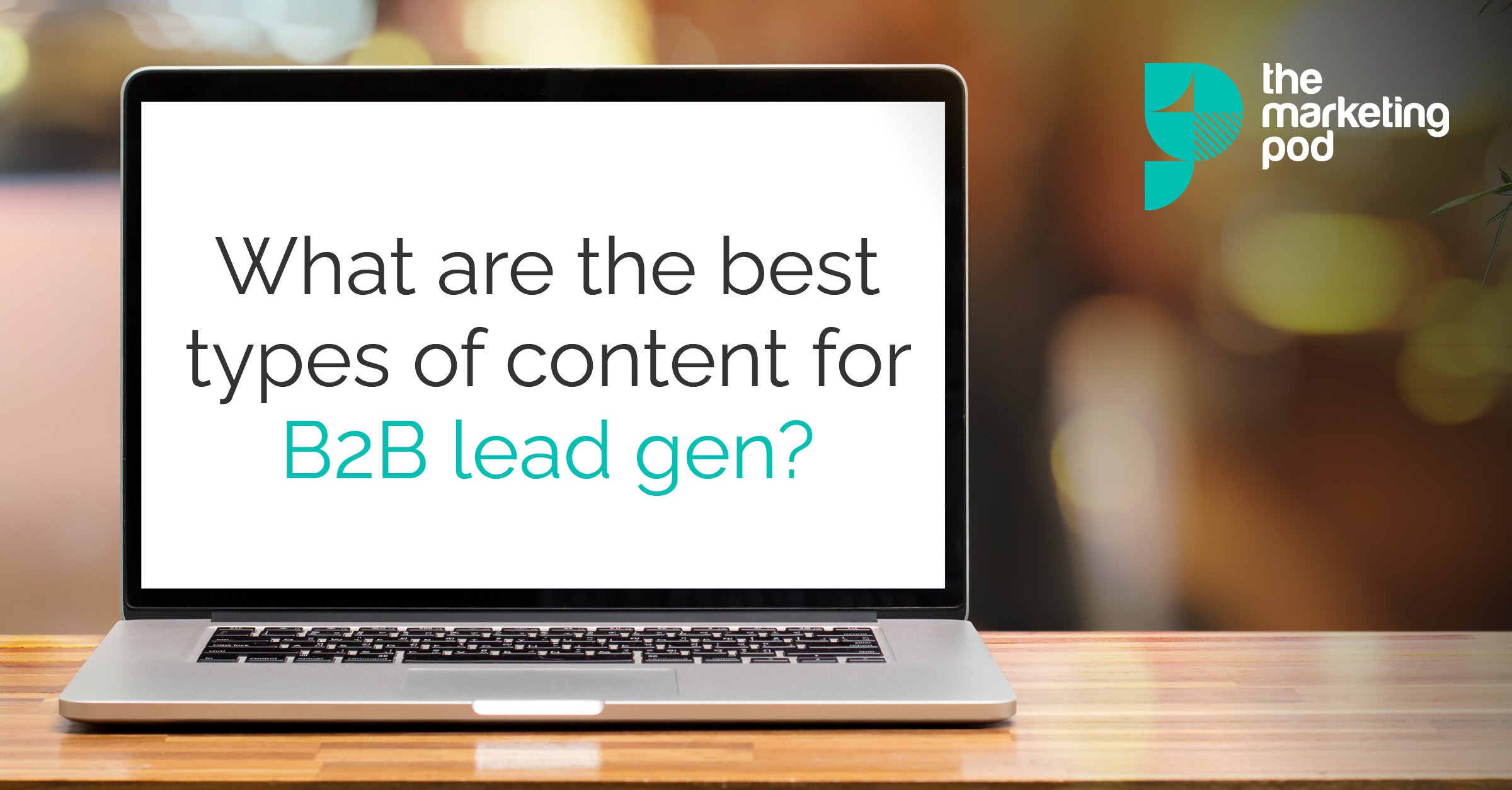
 Alexander Costello
Alexander Costello
 Mike Nicholls
Mike Nicholls
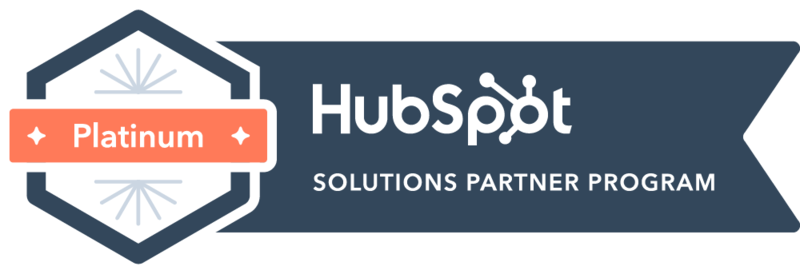
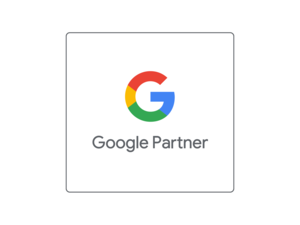




.png)
